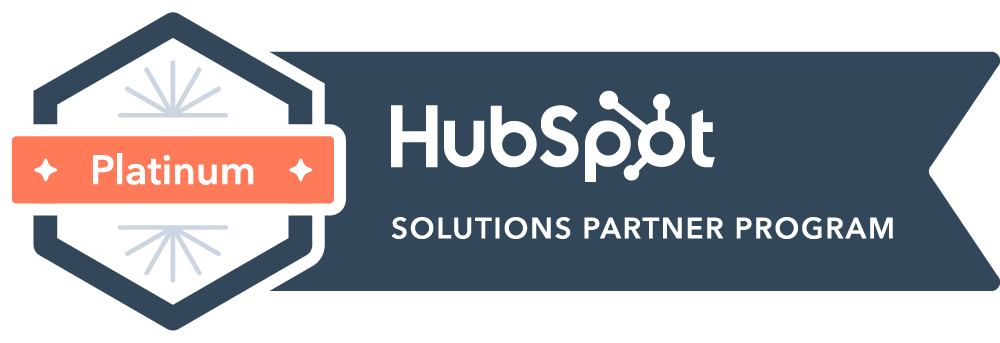

Content Writer for Whistle with multidisciplinary experience spanning over a decade.
Sales development reps send hundreds of emails a week. Most get ignored.
It’s not because the messaging is off or the SDRs aren’t putting in the work. The real issue is the list. Too many teams still build outreach on basic filters like industry, headcount, and job title. That might check the boxes in a CRM, but it doesn’t translate to interest or urgency.
SDRs end up chasing leads that were never likely to convert. Open rates stay low. Replies trickle in. Hours of work turn into little movement in the pipeline.
Precision lead targeting fixes this by getting far more specific, not just about who someone is, but what they care about, how they behave, and when they’re most likely to engage. This is where advanced segmentation shifts the playing field. It turns generic outreach into targeted relevance.
Demographic and firmographic filters are everywhere. They’re built into every data tool and every CRM. But they only scratch the surface. A VP of Marketing at a 200-person software company may look like a qualified lead, but without understanding their needs, mindset, or buying behavior, that title doesn’t mean much.
Basic segmentation tends to group leads together in ways that ignore nuance. It assumes everyone in the same job title or industry is facing the same challenges and cares about the same things. That’s rarely true. And it leads to vague, forgettable outreach that gets ignored.
Advanced segmentation breaks that pattern. It allows SDRs to:
The benefit isn’t just better targeting. It’s more time spent on high-impact conversations. SDRs who use advanced segmentation aren’t working harder. They’re working smarter. And the results show up in the quality of meetings booked, not just the quantity of emails sent.
To build segmentation that works, SDR teams need to move beyond static filters and explore deeper layers of data. Here’s how.
Behavioral data tells you who’s paying attention. If a lead has visited your pricing page three times in a week or downloaded your latest whitepaper, they’re likely exploring solutions. That’s a signal worth acting on.
Tracking content consumption, website activity, and email engagement helps identify warm leads. SDRs can focus their outreach on prospects who are already familiar with the brand and are more likely to respond.
Using tools that provide behavioral lead scoring or intent data gives SDRs visibility into where a prospect is in the buying process. Engagement metrics don’t guarantee interest, but they’re often the clearest early indicator that someone is looking.
Not every VP of Sales operates the same way. Some are aggressive about growth. Others are risk-averse. Some prioritize culture. Others focus on margin.
Psychographic segmentation groups prospects based on attitudes, interests, and personal values. This type of insight is often pulled from social media activity, content shared, or interviews with customers who fit similar profiles.
For SDRs, this matters because messaging that speaks to a person’s motivations tends to resonate more. If you know your prospect values simplicity and speed, your outreach should reflect that. If they’re driven by innovation or status, your messaging should take a different angle.
Value-based selling starts with understanding what your buyers care about beyond their job title. Psychographic profiling helps SDRs write messages that feel more relevant and far less generic.
Technographic data shows which tools a company is already using. For sales teams, this can reveal two important things: where your product fits and where your competitor already is.
If you’re selling a platform that integrates with Salesforce, targeting companies that use Salesforce makes sense. If you’re replacing a legacy tool, you’ll want to find companies still relying on it.
Technographic segmentation helps with both positioning and timing. You can frame your product as a complementary solution or a clear upgrade. Either way, you’re reaching out with context, not guesswork.
This approach works especially well in industries where tech stacks signal maturity or preference. Knowing which tools a company has adopted gives SDRs an edge in crafting relevant, informed outreach.
Every contact with your brand creates a trail. Website visits. Webinar signups. Demo requests. Opened emails. That history matters.
Segmenting leads based on their engagement history allows SDRs to personalize follow-ups. A prospect who attended a webinar two months ago might be more open to a conversation now. Someone who opened three emails last week might be ready for a direct ask.
This approach is often overlooked because it requires coordination between marketing and sales. But when done right, it builds on the momentum of earlier interactions and avoids starting cold.
Lead nurturing is most effective when SDRs know what has already happened and tailor their messaging to what comes next.
Not all prospects face the same challenges. A Head of RevOps might be focused on CRM inefficiencies. A Sales Enablement lead might care more about onboarding speed. Even within the same company, pain points vary.
Problem-based segmentation focuses on grouping leads based on shared challenges. This allows SDRs to speak directly to issues that matter to the person they’re contacting.
When messaging reflects a clear understanding of the prospect’s problem, and presents a relevant solution, the conversation moves faster. It also builds trust early on, since the prospect doesn’t need to explain their context from scratch.
Solution-based messaging is more than personalization. It’s proof that the SDR understands the problem and has something worth offering.
Predictive analytics can help identify which leads are most likely to convert. These models take into account historical data, behavior patterns, and other inputs to score leads based on likelihood to buy.
This doesn’t replace human judgment, but it can help prioritize efforts. Instead of working through a static list from A to Z, SDRs can focus on the top 20% most likely to convert.
When used well, predictive lead scoring helps align effort with opportunity. It allows SDRs to spend time where it matters most and avoid low-potential leads that look good on paper but rarely respond.
Predictive segmentation is a growing field. As more data becomes available and tools improve, its value for sales teams continues to increase.
Advanced segmentation only works when it’s tied to clear goals and supported by the right systems.
Start by defining success. Are you aiming for more meetings, better connection rates, or shorter sales cycles? Your goals should shape your segmentation strategy.
Next, collaborate with marketing and sales operations. Much of the data needed from behavioral insights to technographics sits outside the SDR team. Getting access to that data, and aligning on how to use it, is critical.
Use your CRM and marketing automation tools to build and manage segments. Many platforms allow dynamic segmentation based on behavior, engagement, or attributes. These should be updated regularly based on new data.
Finally, train SDRs to use segmentation insights in real conversations. Knowing that a prospect visited the pricing page matters only if the outreach reflects that. Segmentation should inform both who gets contacted and how the message is crafted.
Keep testing and adjusting. What works in one quarter may shift the next. High-performing teams treat segmentation as a process, not a one-time task.
To understand if segmentation is working, track metrics that reflect real outcomes.
Look at connect rates, response rates, meetings booked, and lead quality. Watch how these shift when more advanced targeting strategies are introduced. If the effort is working, these numbers should improve.
More importantly, watch how pipeline quality improves. The goal isn’t just to book more meetings. It’s to book better ones with prospects who are more likely to move.
Precision lead targeting, when powered by advanced segmentation, gives SDRs something far more valuable than volume: clarity. It sharpens focus, cuts wasted motion, and makes outreach feel less like guesswork and more like progress.
Teams that get this right don’t just improve their metrics. They build a system that works – consistently.
If you’re serious about turning outbound into a reliable growth engine, Whistle is the partner you want. We bring structure to targeting, depth to segmentation, and clarity to the process.
No gimmicks. Just smarter outreach. Let’s talk.


© Copyright – Whistle 2023